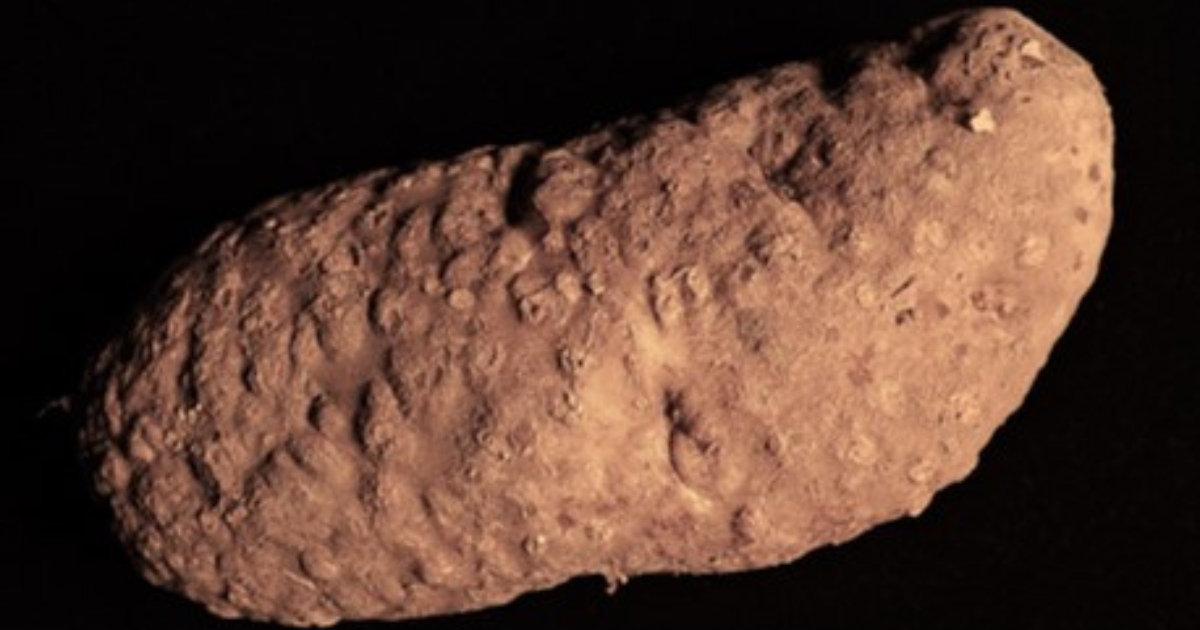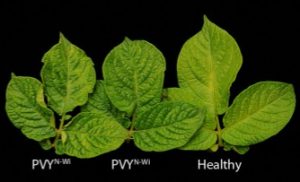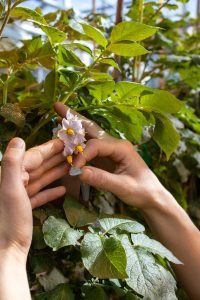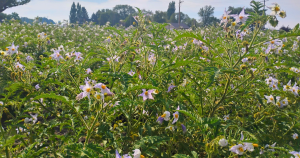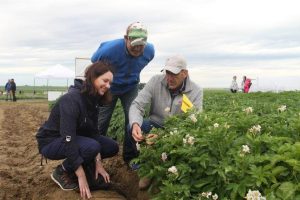Columbia Root-Knot Nematode Impact on Potato
The Columbia root-knot nematode (Meloidogyne chitwoodi) is found in the western region of the continental United States. The nematode lives in the soil and can infect potato roots and tubers.
- Infected tubers have a bumpy or rough-looking appearance.
- The nematodes live just under the tuber skin and cause brown spots to form. Blemishes will increase during storage.
- Affected tubers are safe to consume.
- The root-knot nematode causes no harm to humans.
- Public acceptance of visual defects in tubers is low.

Important grower information:
- M. chitwoodi is on the list of prohibited organisms in certain trade partner countries, including Canada, the EU, and some countries in South America and Asia.
- The presence of this nematode in shipments to countries in which the species is regulated could mean the whole shipment is destroyed.
- There are currently no resistant potato cultivars commercially available for dealing with the Columbia root-knot nematode.
- Fumigants and nematicides are important for controlling this nematode.
- Decisions on how to best manage plant-parasitic nematodes in potatoes are dependent on accurate and reliable information about the number of M. chitwoodi or other plant parasitic nematodes present in a field.
- Soils should be sampled prior to potato planting and at harvest.
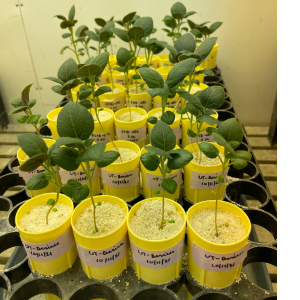
Because plant-parasitic nematodes are not found uniformly in the soil, it can be difficult to assess the nematode densities. Therefore, multiple soil samples from the field should be combined into a composite sample and sent for analysis at a diagnostic lab.
Diagnostic labs can be contacted for specific sampling information and guidelines, but in general, combining sub-samples will minimize the variation in nematode estimates.

